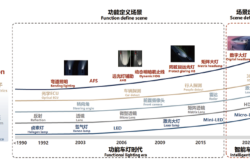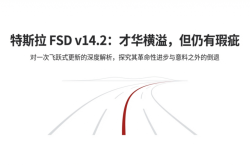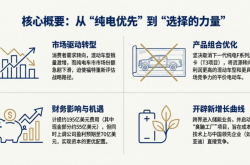Shanghai's Emerging Super Unicorn: Revolutionizing Big Data with AI, Ranked Fifth Nationally
![]() 08/21 2025
08/21 2025
![]() 501
501
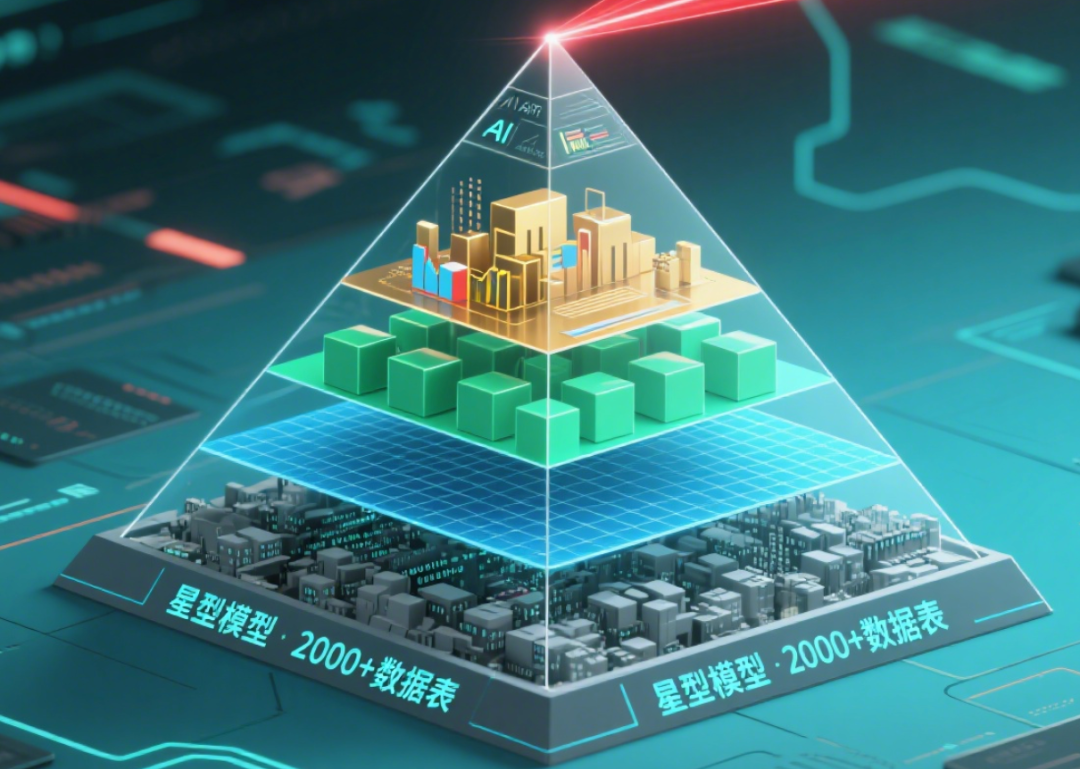
What sparks will be ignited by the fusion of big data and large AI models?
Recently, Shanghai has witnessed the emergence of a super unicorn: Transwarp Technology, which is gearing up for an IPO on the Hong Kong Stock Exchange. In 2022, Transwarp Technology already listed on the STAR Market.
Its primary focus: big data infrastructure software.
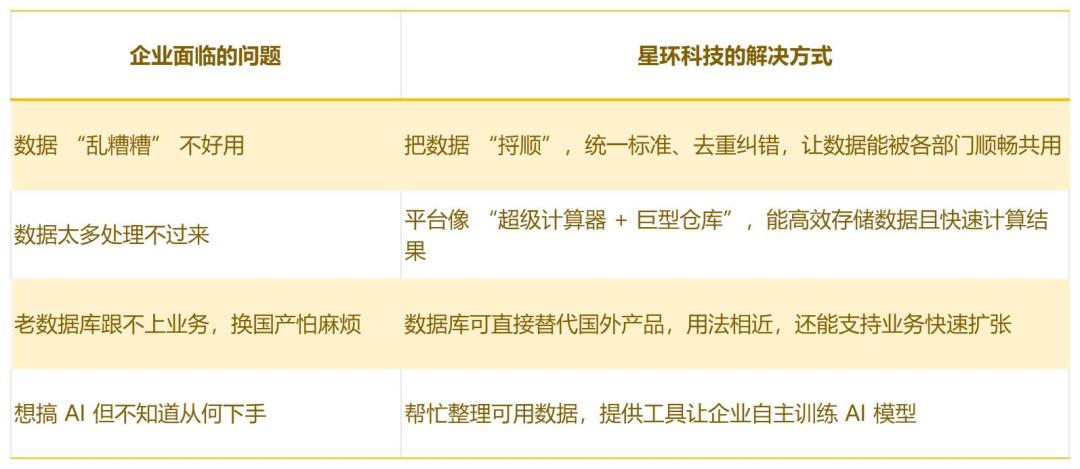
Main Pain Points Addressed by Transwarp Technology
According to 2024 data, it stands as the largest domestic pure AI infrastructure software provider. In the same year, Transwarp Technology was included in Shanghai's list of key listed unicorn enterprises.
Through its AI endeavors, we can distill several opportunities for the convergence of big data and AI.
1. Cost Reduction with Large Models
For instance, users can create data processing workflows through natural language commands, eliminating the need for intricate coding.
2. Enhanced Retrieval Capabilities with Large Models
A case in point: a financial institution utilizes TKH to develop a dedicated question-answering system, enabling the retrieval of historical transaction rules via natural language.
3. Training Vertical Large Models
In the medical field, for example, customers employ Sophon to assist in disease diagnosis based on unstructured data such as medical record texts and images.
4. Empowering Customer Businesses with Large Models
In the financial sector, solutions upgraded with large model technology can handle vast amounts of unstructured data.
- 01 -
Transwarp Technology was founded by Sun Yuanhao, a native of Changzhou, Jiangsu, born in 1977. From a young age, he exhibited a keen interest in programming. He pursued his undergraduate and graduate studies in computer science at Nanjing University. In 2003, at the age of 26, Sun Yuanhao joined Intel.
Upon joining Intel, Sun Yuanhao began as a technical staff member and eventually ascended to the position of CTO of the Data Center Software Department for the Asia-Pacific region, becoming the founder of Intel's Hadoop distribution.
In 2013, he left his high-paying job at Intel to venture into entrepreneurship, founding Transwarp Technology, with a focus on self-controllable big data infrastructure software.
In the nascent stages, the team comprised fewer than 10 individuals. The initial products were built upon open-source Hadoop products, leading to the launch of the core product, TDH (Transwarp Data Hub), akin to a comprehensive toolbox for big data management and processing.
Transwarp Technology has also made significant strides in the field of artificial intelligence. In 2018, it introduced the one-stop AI platform Sophon, integrating functions such as data access, cleaning, annotation, model training, management, and application deployment.
On October 18, 2022, Transwarp Technology officially listed on the STAR Market of the Shanghai Stock Exchange, marking it as the "first domestic stock of big data infrastructure software".
- 02 -
The evolution of the big data software industry can be categorized into several stages:
Traditional Database Era: Roughly spanning from the 1970s to the end of the 20th century, this era was dominated by relational databases and traditional data warehouses, with a bias towards structured analysis.
Big Data Era: Approximately from around 2000 to 2012, this period witnessed the rise of cloud computing and massive data, leading to the emergence of big data platforms, distributed computing frameworks, and NoSQL systems.
AI Infrastructure Era: Generally believed to have commenced in the mid-to-late 2010s, with significant acceleration in 2022 due to large models.
The surge in AI, machine learning, and large language models is propelling the industry towards a closed loop of "data → model → application", emphasizing underlying AI operation and maintenance platforms, knowledge graphs, and unified data processing capabilities.
This represents a new opportunity that Transwarp Technology is aiming to capitalize on: transitioning from "data infrastructure" to "AI infrastructure". Through its AI endeavors, we can glimpse the sparks igniting between AI and big data.
- 03 -
Transwarp's exploration in AI can be encapsulated in several facets.
1. Cost Reduction with Large Models
For example, users can construct data processing workflows through natural language instructions, circumventing the need for complex coding.
Previously, data processing resembled assembling furniture, requiring meticulous step-by-step assembly (coding). Now, with large models, one simply communicates the desired furniture to the "intelligent consultant", who then assists in assembling the bookshelf.
2. Enhanced Retrieval Capabilities with Large Models
A prime example is a financial institution utilizing TKH to develop a dedicated question-answering system, enabling the retrieval of historical transaction rules via natural language.
3. Training Vertical Large Models
In the medical industry, for instance, customers leverage Sophon to conduct joint analysis of unstructured data like medical record texts and images, aiding in disease diagnosis and breaking through the limitations of traditional machine learning models that could only process structured data.
4. Empowering Customer Businesses with Large Models
In the financial sector, solutions upgraded with large model technology can manage vast amounts of unstructured data.
For example, a bank employs these solutions to analyze data such as news sentiment and research reports, extracting key information through large models and generating risk warnings to aid in credit decision-making.
- 04 -
According to Frost & Sullivan data, China's big data software market is projected to reach 49.2 billion yuan in 2024, with a compound annual growth rate of 27.5% from 2019 to 2024.
In terms of the competitive landscape, internationally, companies like Oracle, Microsoft Azure, and AWS offer mature AI and database services. Comparatively, domestic enterprises, while having started later, have seen rapid growth in the AI infrastructure field but still lag behind international giants.
The domestic AI infrastructure software market has yet to form an absolute CR5 monopoly, characterized by low market concentration. However, leading enterprises such as Huawei Cloud, Alibaba Cloud, and major platform providers offer underlying services. Startups, on the other hand, compete in niche markets like knowledge graphs and large model operation and maintenance.
According to Frost & Sullivan data, in 2024, Transwarp Technology ranked fifth in China's AI infrastructure software market and was the largest pure software service provider.
Financial data reveals that revenue in 2022 was 373 million yuan, accompanied by a loss of 272 million yuan; revenue increased to 491 million yuan in 2023, with losses narrowing to 289 million yuan; in 2024, revenue retreated to 371 million yuan, while losses expanded to 344 million yuan.
This article does not constitute any investment advice.


